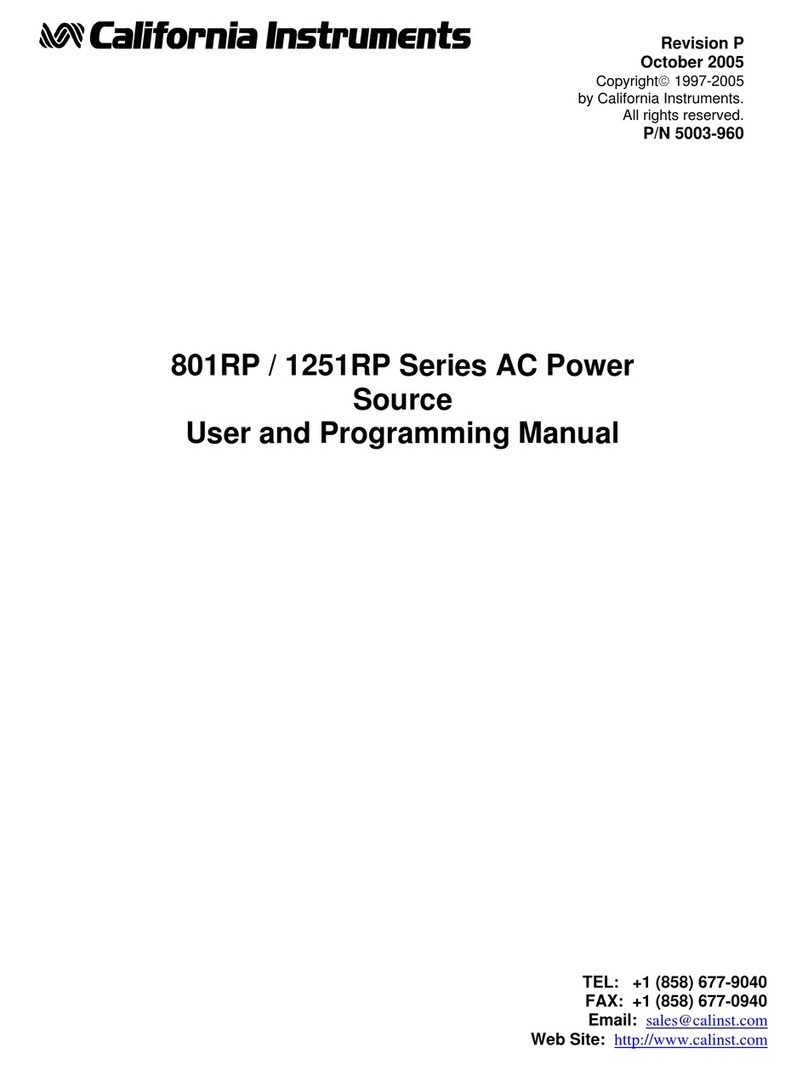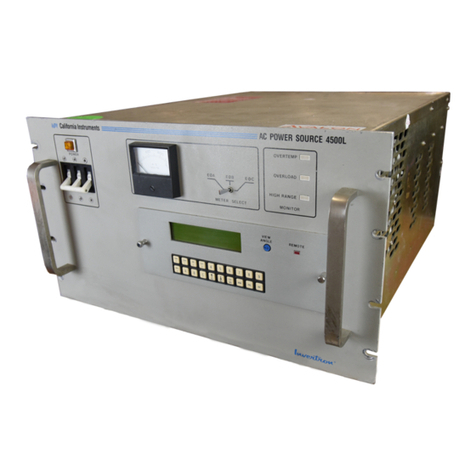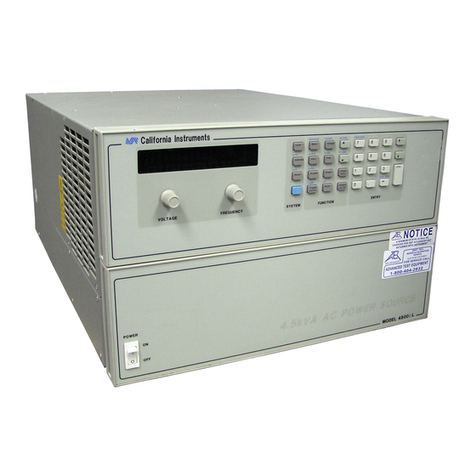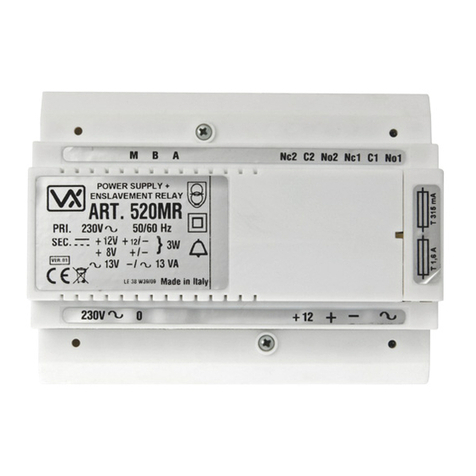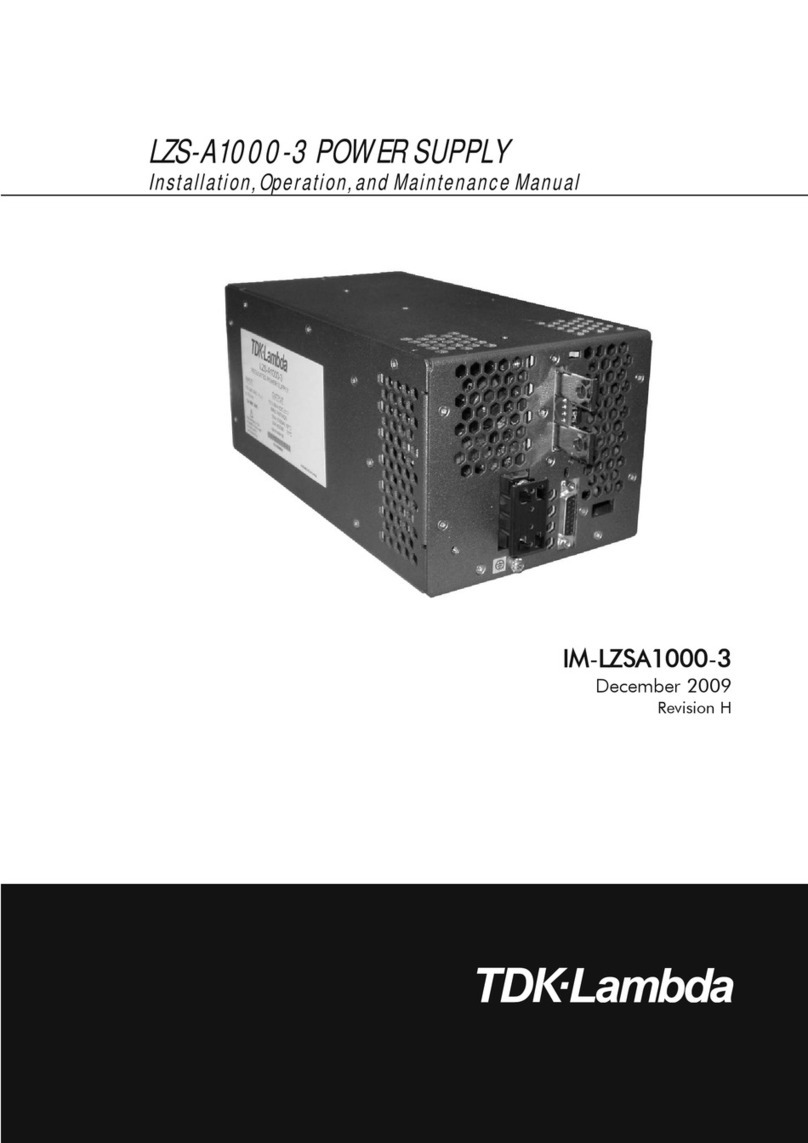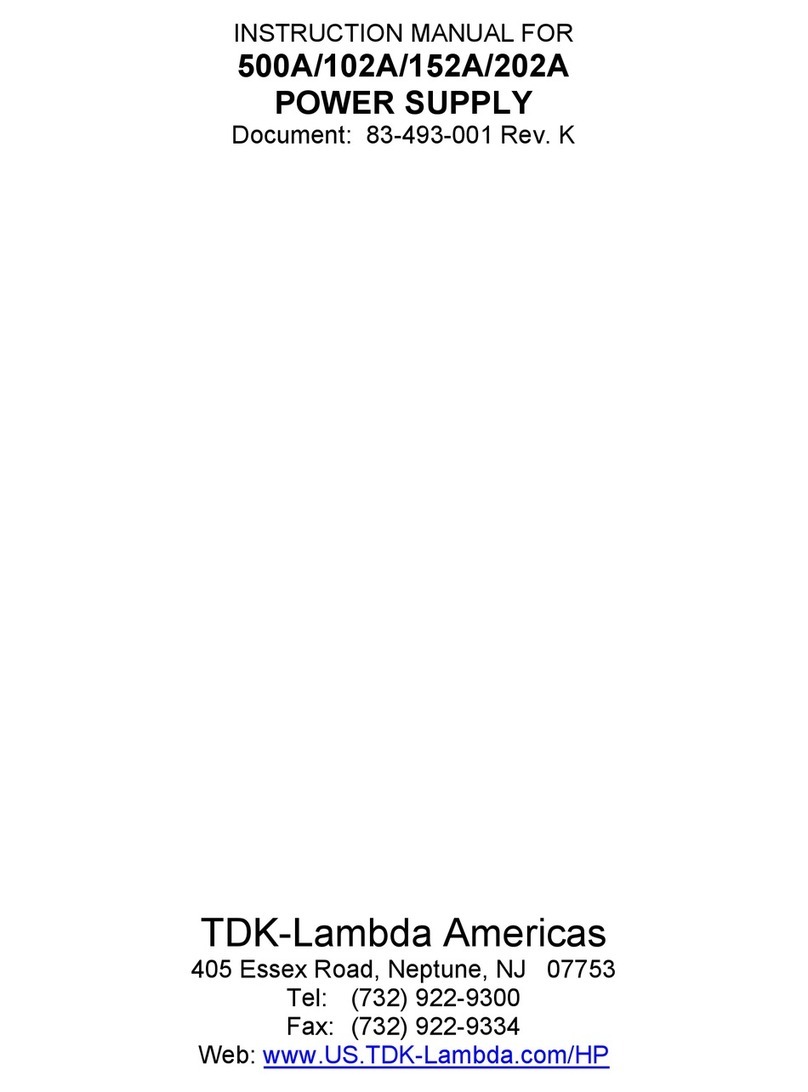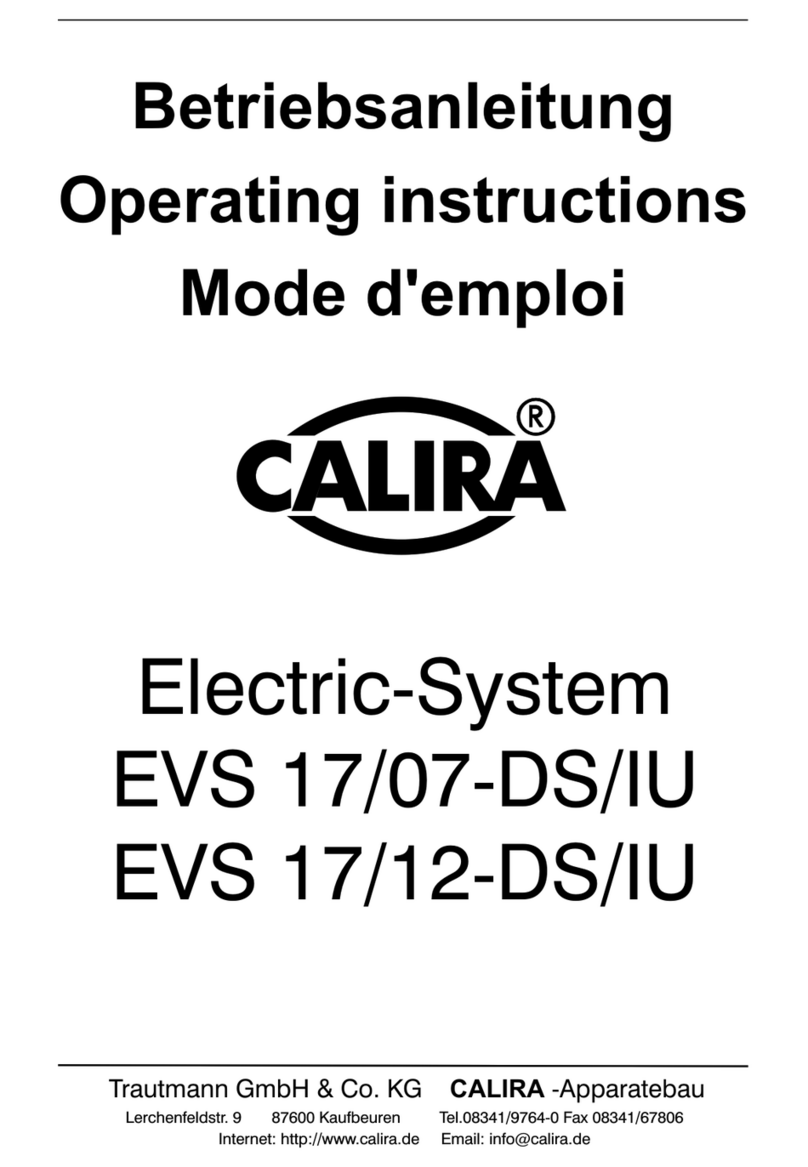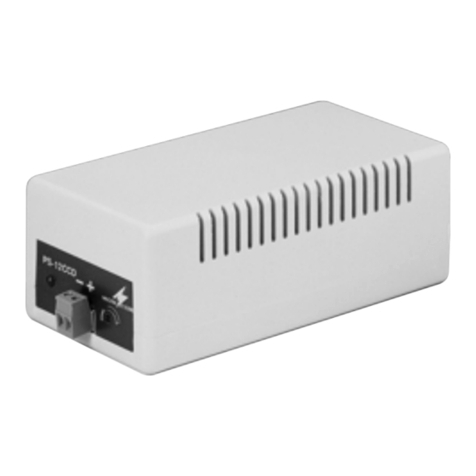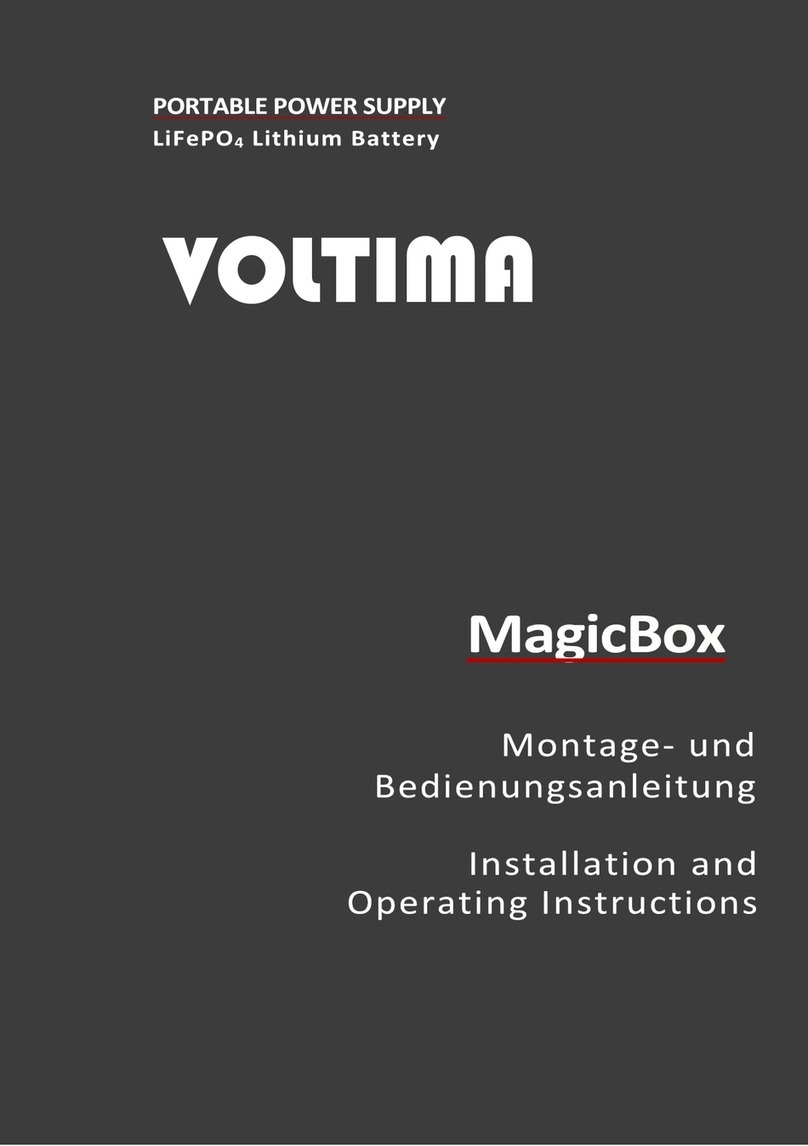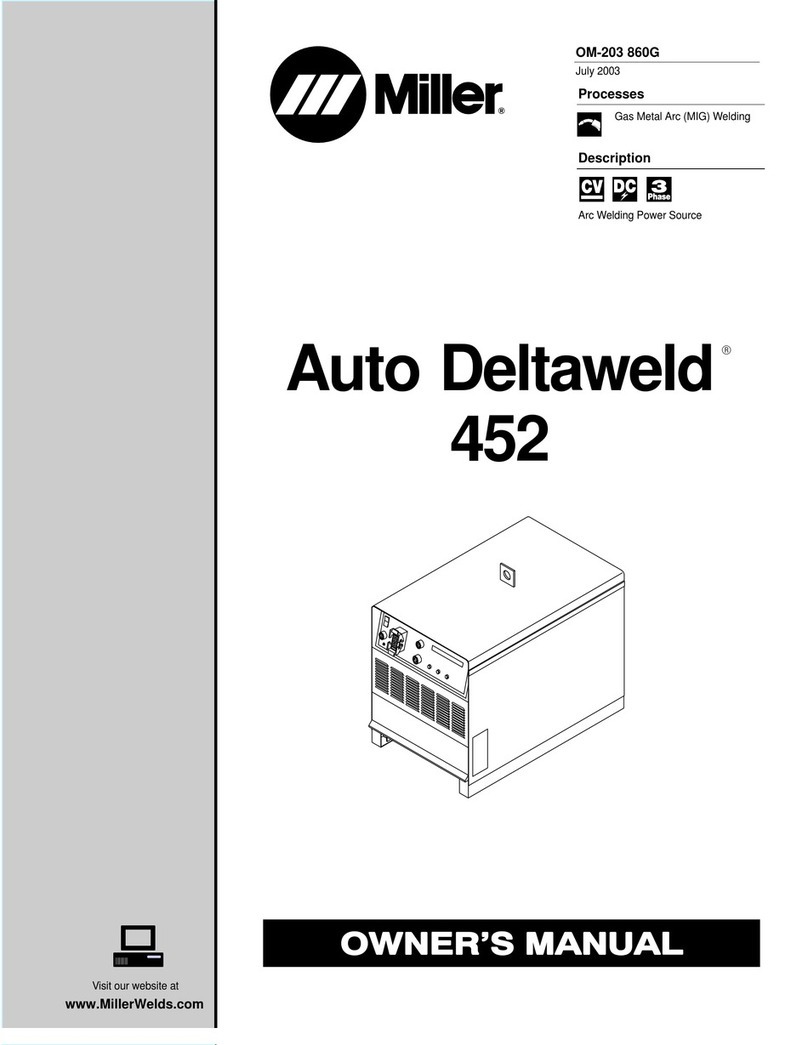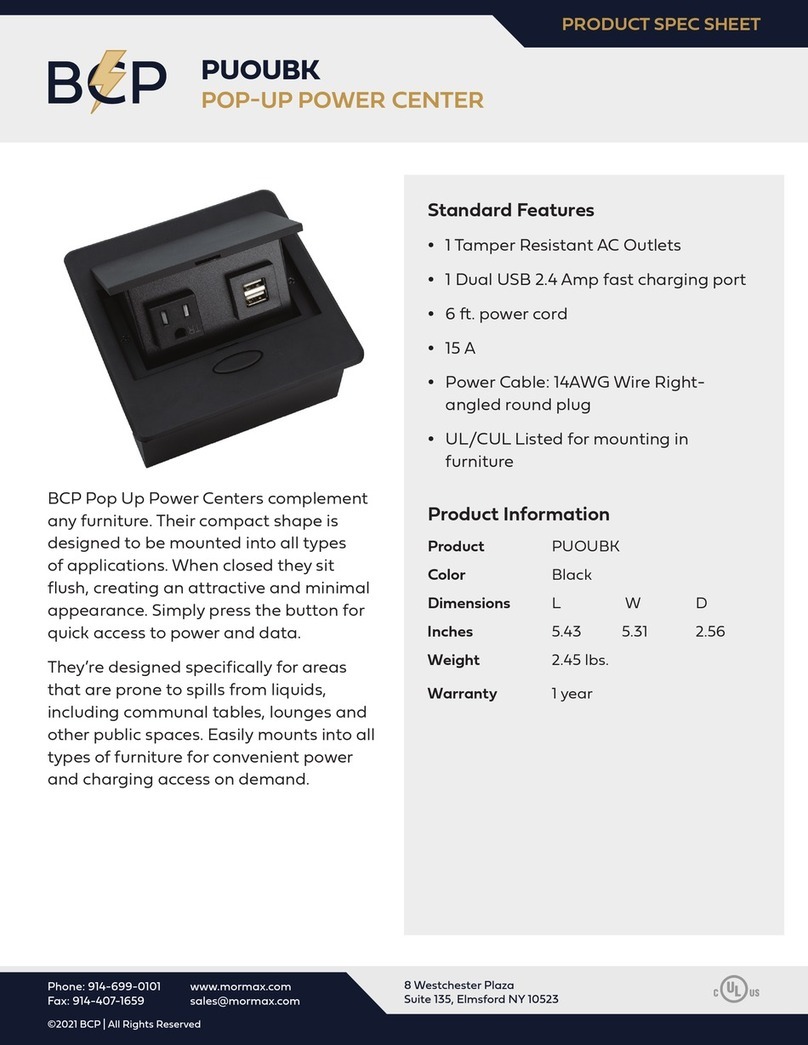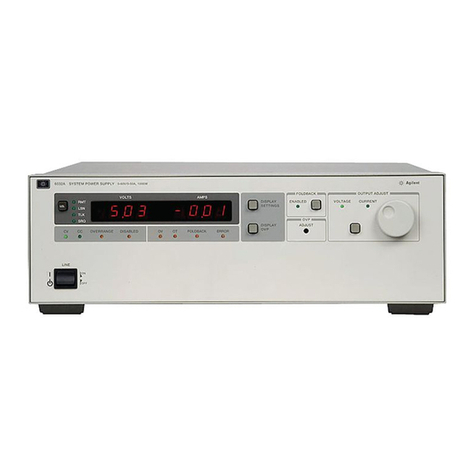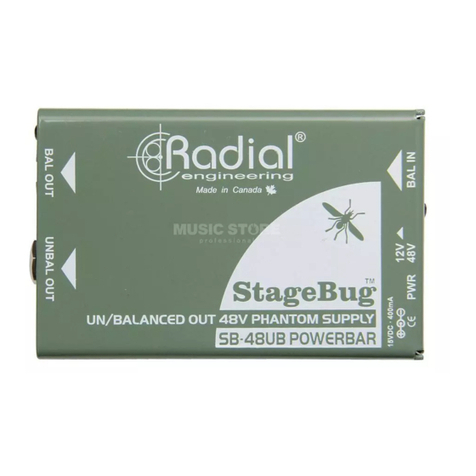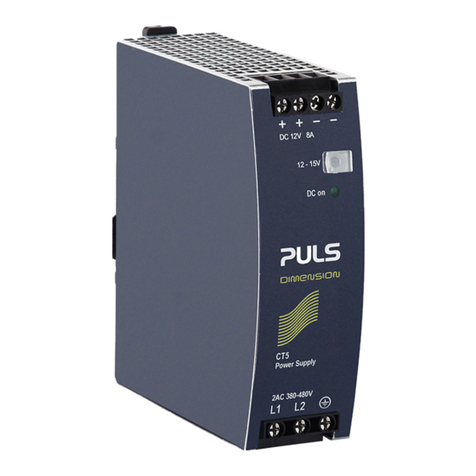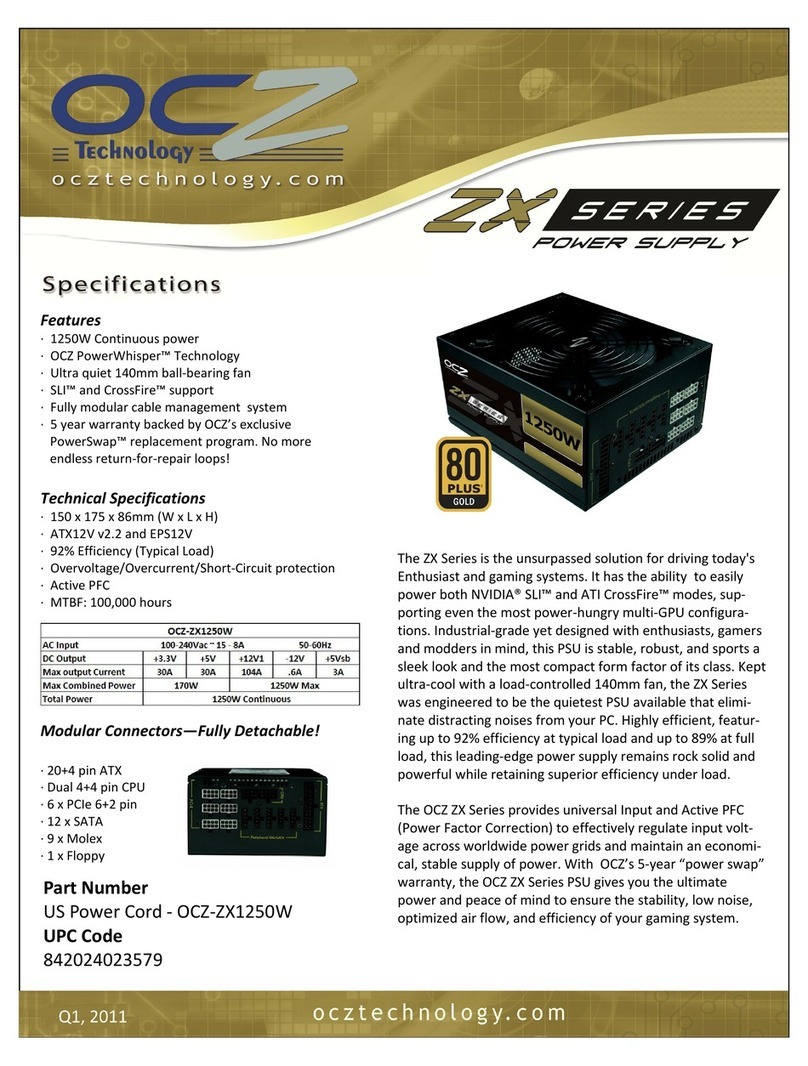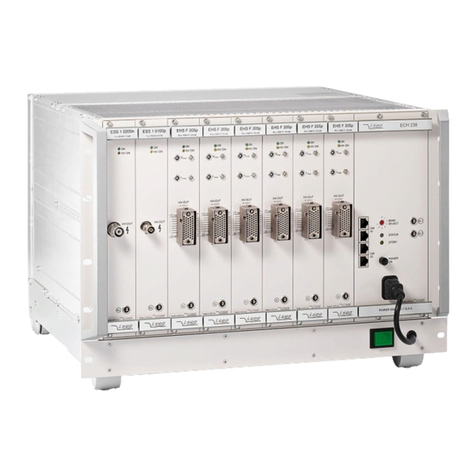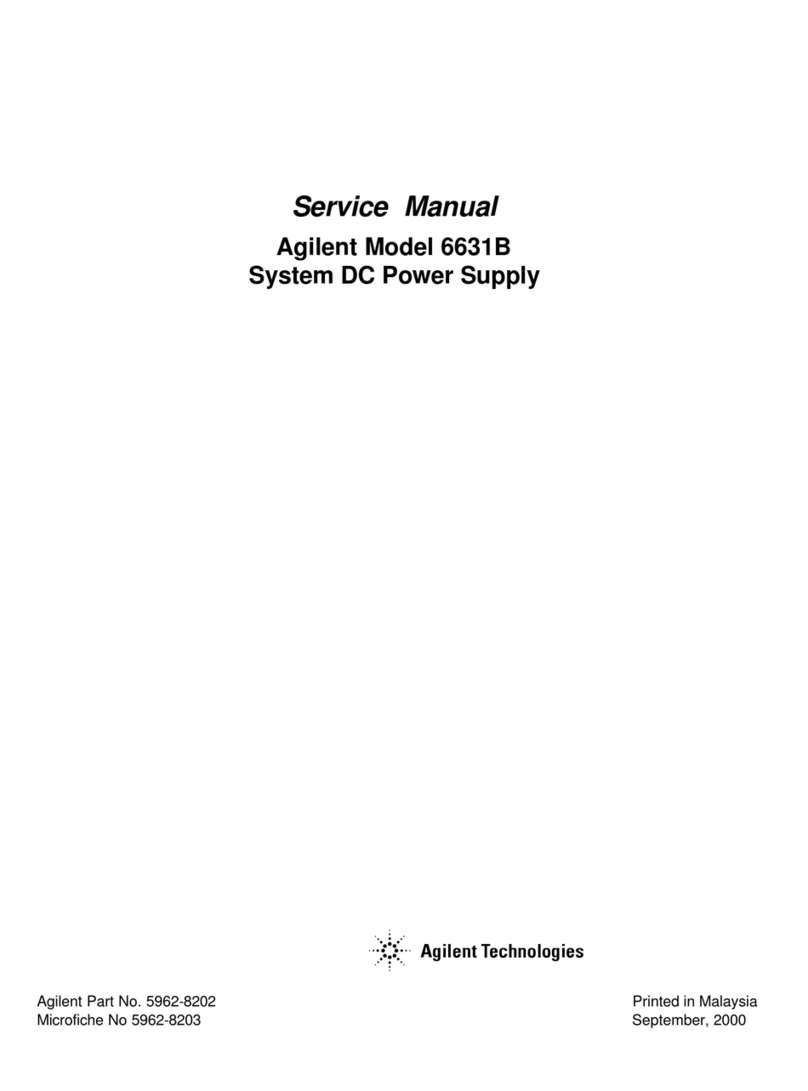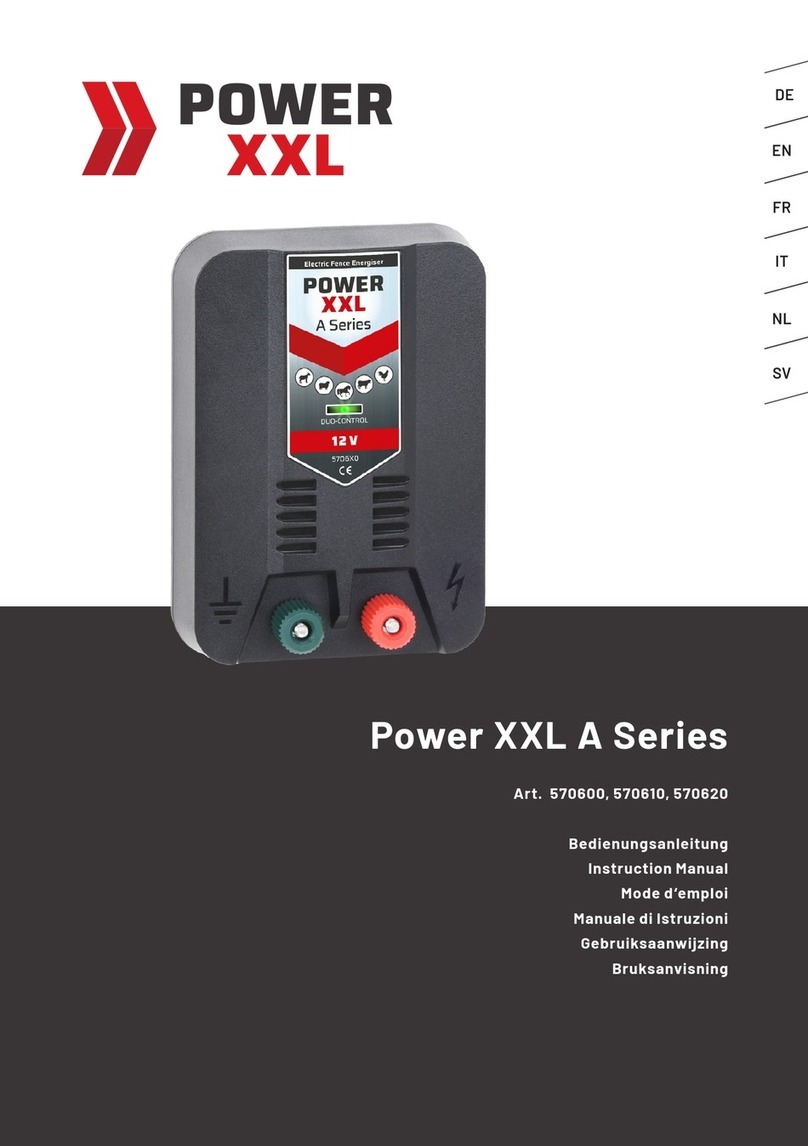
User Manual – Rev B FCS Series II
List of Figures
Figure 2-1: Distortion as a function of Output Frequency.................................................................................... 14
Figure 2-2: Current versus Voltage operating range. .......................................................................................... 15
Figure 2-3: Voltage / Frequency Rating............................................................................................................... 15
Figure 3-1: Rear Panel Connector Locations ...................................................................................................... 28
Figure 3-2: FCS36/2-3 Wiring diagram - Three Phase mode .............................................................................. 33
Figure 3-3: FCS36/2-1 Wiring diagram - Single Phase mode ............................................................................. 34
Figure 3-4: FCS54/3-3 Wiring Diagram - Three Phase mode ............................................................................. 35
Figure 3-5: FCS54/3-1 Wiring Diagram - Single Phase mode............................................................................. 36
Figure 3-6: USB Connector pin orientation.......................................................................................................... 40
Figure 3-7: Functional Test Setup ....................................................................................................................... 42
Figure 4-1: Shuttle Knob ..................................................................................................................................... 50
Figure 4-2: Menu Keys........................................................................................................................................ 51
Figure 4-3: Measurement Screen........................................................................................................................ 53
Figure 4-4: PROGRAM Menu ............................................................................................................................. 58
Figure 4-5: CONTROL Menus............................................................................................................................. 59
Figure 4-6: MEASUREMENT Screen.................................................................................................................. 62
Figure 4-7: Selecting a Waveform....................................................................................................................... 77
Figure 4-8: Selecting Waveforms for Single Phase or All Phases....................................................................... 77
Figure 4-9: Waveform Crest Factor Affects Max. rms Voltage ............................................................................ 78
Figure 4-10: Pulse Transients ............................................................................................................................. 82
Figure 4-11: List Transients................................................................................................................................. 82
Figure 4-12: Sample Transient Output Sequence ............................................................................................... 84
Figure 4-13: Switching Waveforms in a Transient List ........................................................................................ 85
Figure 4-14: TRANSIENT Menu.......................................................................................................................... 85
Figure 5-1: FCS System Block Diagram.............................................................................................................. 89
Figure 5-2: Power Amplifier - Exploded View. ..................................................................................................... 92
Figure 6-1: Calibration Setup .............................................................................................................................. 95
Figure 6-2: Current Limit board access panel ................................................................................................... 100
Figure 6-3: Location of Gain pot adjustments and TP1 through TP4 ................................................................ 100
Figure 7-1: Front panel location ........................................................................................................................ 109
Figure 7-2: Fuse Locations................................................................................................................................ 109
Figure 8-1: Application Menu ............................................................................................................................ 114
Figure 8-2: DO160 Main Menus ........................................................................................................................ 114
Figure 8-3: Normal state screens ...................................................................................................................... 115
Figure 8-4: Voltage Modulation - Frequency characteristics ............................................................................. 118
Figure 8-5: Frequency Modulation..................................................................................................................... 119
Figure 8-6: Power Interrupt ............................................................................................................................... 120
Figure 8-7: Power Interrupt for Group2/A(NF) and Group3/A(WF).................................................................... 121
Figure 8-8: Emergency Screens........................................................................................................................ 123
Figure 8-9: Abnormal Screen ............................................................................................................................ 125
Figure 10-1: Applications Menu......................................................................................................................... 131
Figure 10-2: MIL704 Menu................................................................................................................................ 131
Figure 10-3: Steady State Menu ....................................................................................................................... 132
Figure 10-4: Emergency Menu.......................................................................................................................... 135
Figure 10-5: Abnormal Screens ........................................................................................................................ 136
Figure 11-1: Applications Menu......................................................................................................................... 141
Figure 11-2: MIL704 Run/Status ....................................................................................................................... 141
Figure 11-3: Mil704 Run/Status......................................................................................................................... 141
Figure 11-4: Revision/Group Menu ................................................................................................................... 142
Figure 11-5: Test selection Menu...................................................................................................................... 142
Figure 11-6: Section and Test Condition........................................................................................................... 143
Figure 11-7:Steady State frequency.................................................................................................................. 143
Figure 11-8: Required SAC-106 Test Setup...................................................................................................... 146
Figure 11-9: Required TAC-106 Test Setup...................................................................................................... 159
Figure 11-10: Required SVF-106 Test Setup. ................................................................................................... 172
Figure 11-11: Required TVF-106 Test Setup. ................................................................................................... 180
Figure 11-12: Required SXF-106 Test Setup. ................................................................................................... 187
Figure 11-13: LxGui MS704 Option Screen ...................................................................................................... 192
Figure 11-14: LxGui MS704 Option EUT Performance Test Screen - Measurements ...................................... 193
California Instruments 8

